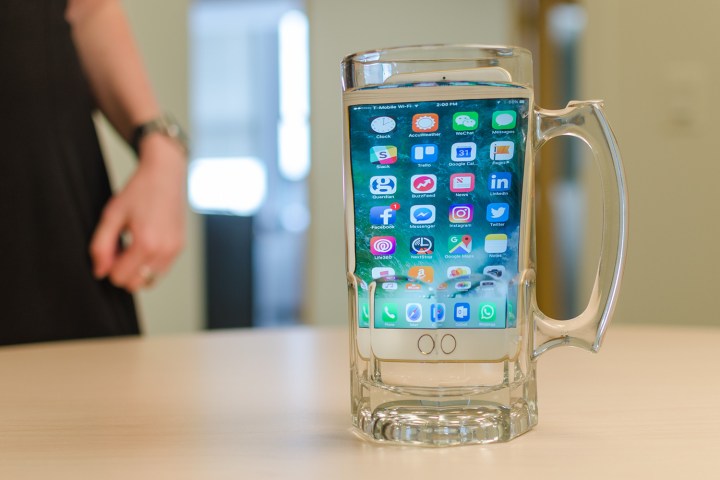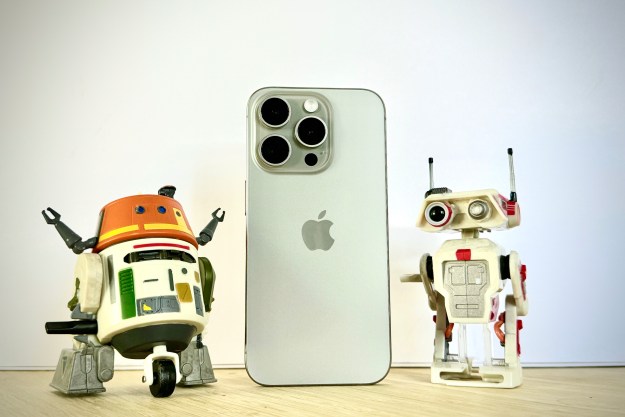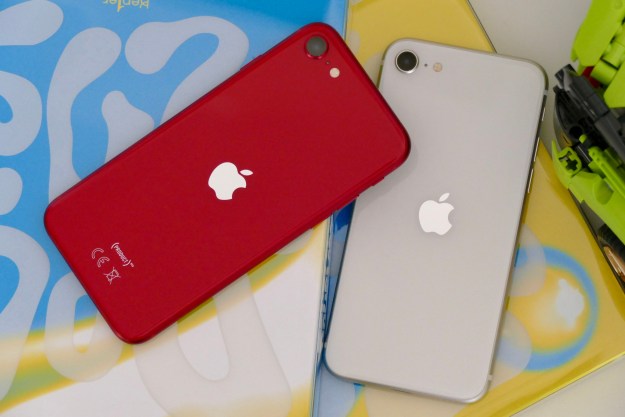Apple is exploring methods that will improve the usability of iPhones when exposed to moisture-heavy scenarios, like being underwater or out in rainfall. The key objective is to somehow enhance the display’s touch sensitivity in such a scenario — or at least create a system that can offer enough touch sensitivity to discern between a valid finger-based gesture and accidental ghost touch from liquid exposure.
As per an Apple patent application, one of the implementations could include a Force Touch-like system – which Apple should totally bring back – that will measure the amount of force exerted on the screen. This patent pitches the idea of using a force input detection sensor or load detector to identify the point of touch input and accordingly determine if it originated from a finger-based gesture or just a liquid splash.

There are multiple technical pathways in which the proposed system could come to life. For example, the ambient light sensor will kick things into motion when it detects that the amount of ambient light exposure has reduced due to moisture over the sensor, or in the case of underwater activity. Here, the ambient light sensor serves as an environmental sensor, as per the patent.
However, a pressure sensor that can determine events of water immersion can also serve as an environmental sensor. An electromagnetic sensor that emits radiations such as infrared waves can also be deployed as an environmental sensor to check if the surrounding space is submerged or covered with water.
The camera array can also be used to perform depth analysis of its surroundings by studying optical characteristics. This includes the refractive index of the surrounding medium, as well as the light absorption pattern to analyze if the device is submerged in liquid. The patent application throws around the idea of using a system of capacitors to discern between “false touch” and “true touch.”
In case an environmental sensor detects moisture above the screen, the capacitance detectors will help the processor calculate if the touch input comes from the user or the liquid covering the screen. A certain threshold value for change in capacitance over the screen will be set, and anything below or above that will categorically be identified as true or false touch input.
Upgraded hardware, sensible software
Aside from improving the touch sensitivity, the patent also talks about tweaking certain UI elements to make it easier for users to use a device underwater. For example, icons of the most commonly used apps could be enlarged for easier access. Additionally, the user experience of apps like the camera application can be simplified to make things more convenient for users.

Another proposal talks about assigning shortcuts to a few custom keys that will appear on the screen as soon as the device is submerged or heavy moisture activity is detected (such as rainfall). The idea here is that when the usual touch input is susceptible to failing, these customizable hotkeys will let users quickly execute tasks like clicking a picture, shooting a video, or making a call, among others.
As good as the ideas described above sound, keep in mind that this is just a patent application. To put it simply, it’s only an exploration of technical ideas that may, or may not, appear on an iPhone. But having read through a handful of Apple patents that explore wild concepts like a curved glass MacBook with an attached touch-sensitive keyboard or an iPhone with the Mac Pro’s cheese grater design, this one sounds feasible enough to actually pull off.
Editors' Recommendations
- This one Apple Fitness feature completely changed how I exercise
- AirTags range: here’s how far the tracker can reach
- Nomad’s new iPhone case and Apple Watch band may be its coolest yet
- 5 phones you should buy instead of the iPhone 15
- iPhone 16: news, rumored price, release date, and more




